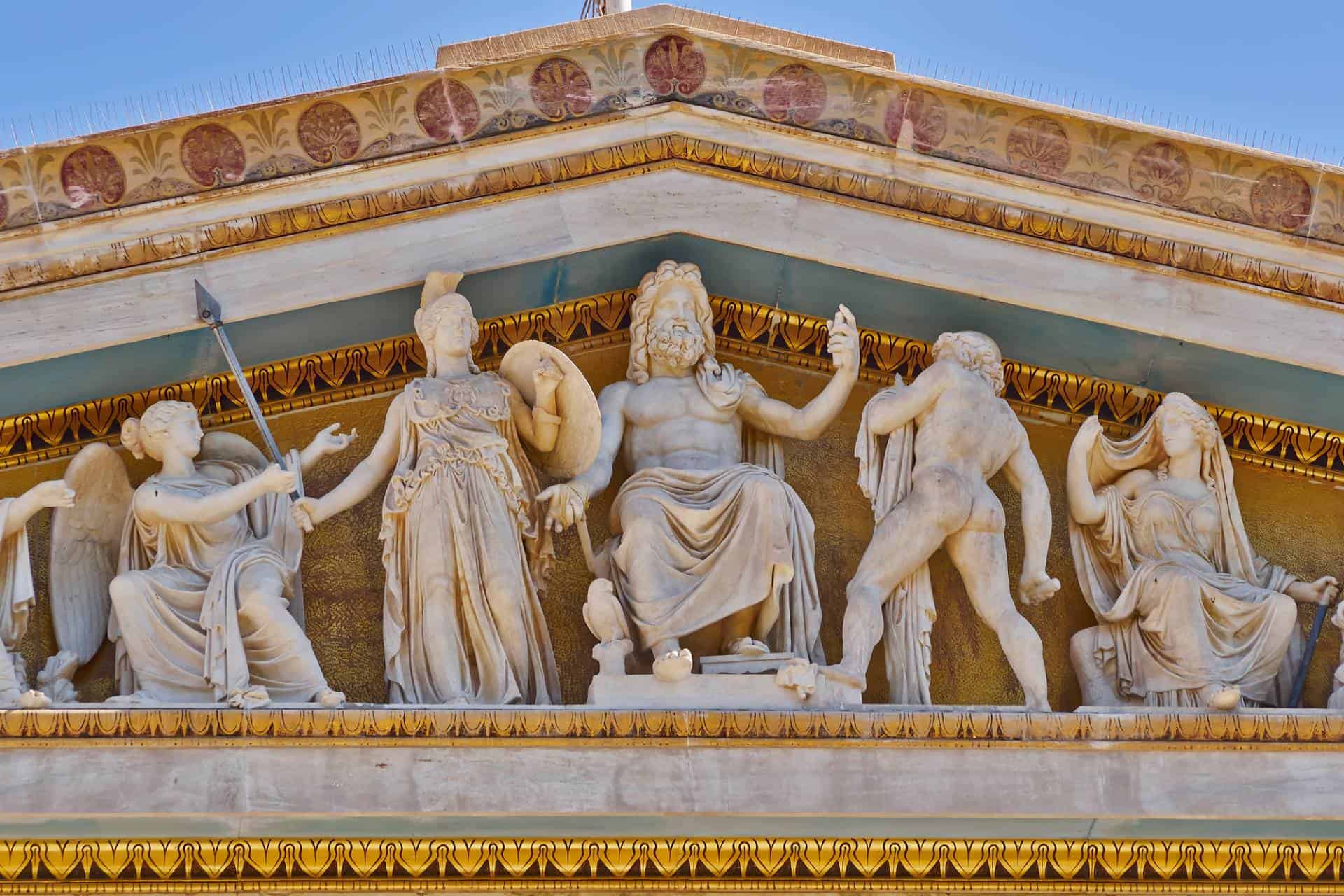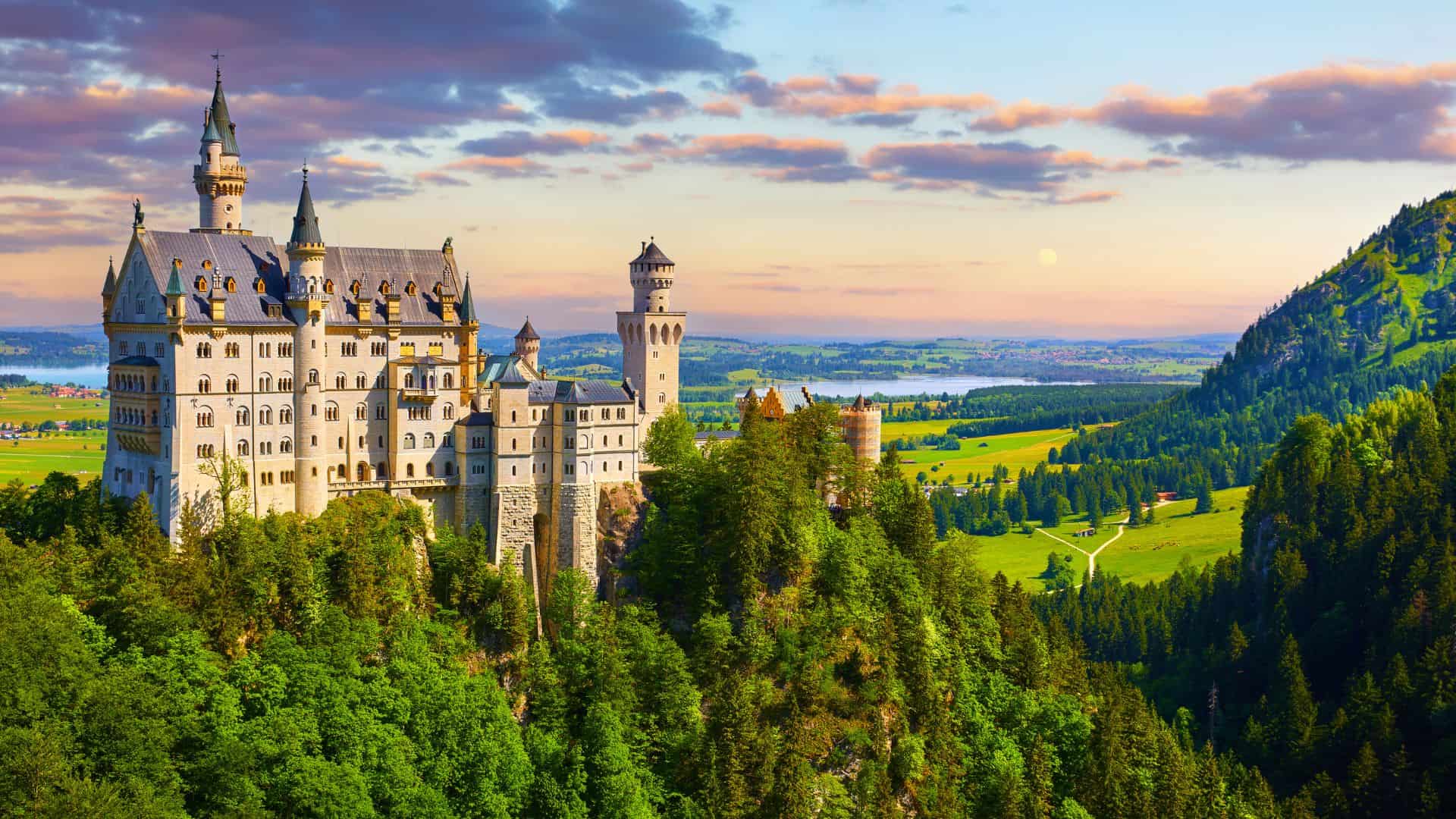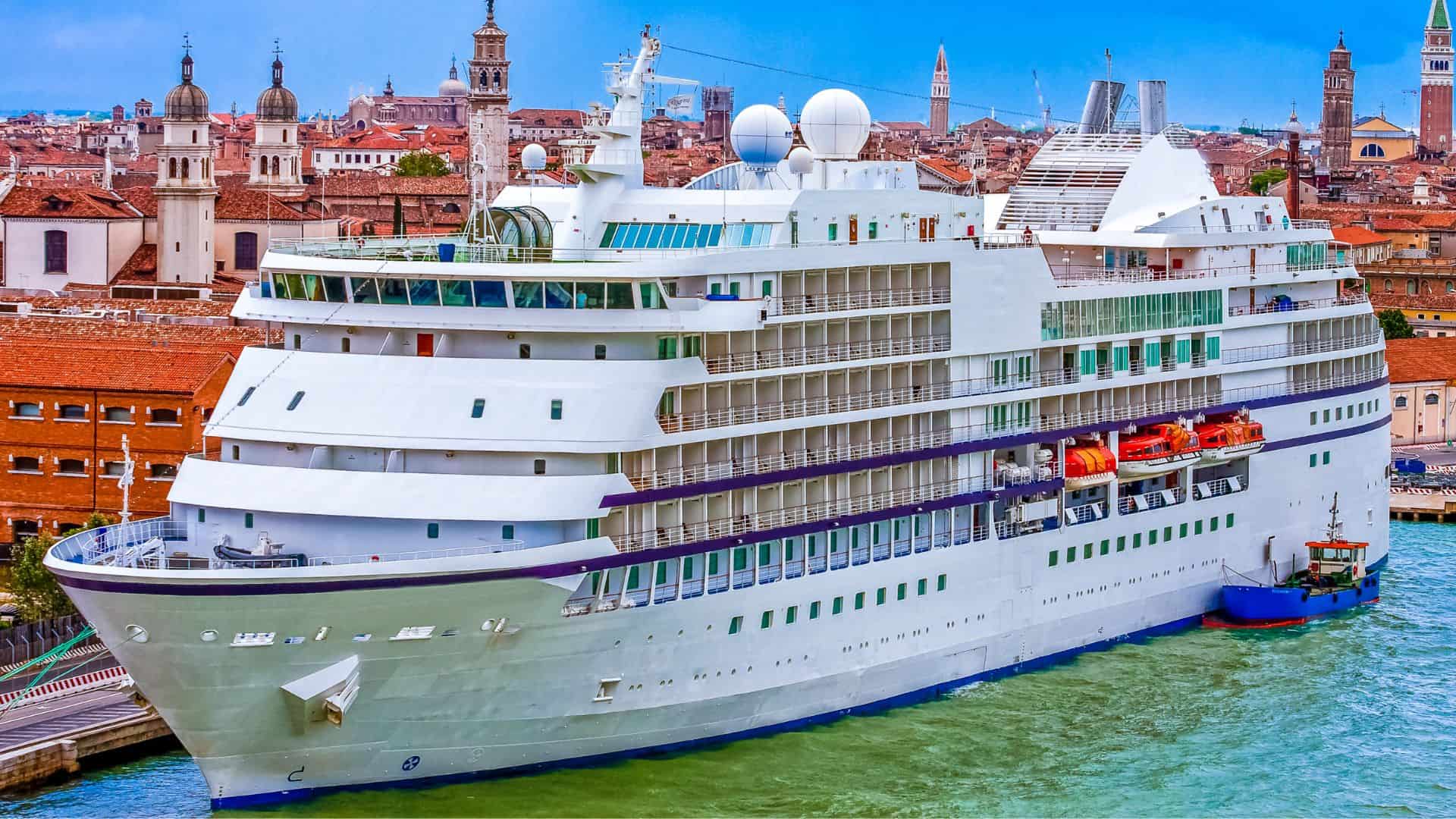
Greek and Roman Gods and goddess
While most of these “pagan” gods were inseparable from daily life throughout the ages, much of their popularity diminished after Constantine converted the Roman Empire to Christianity in the 3rd century.
The principal Greek and Roman gods were central figures in ancient mythology, embodying various aspects of human existence, natural phenomena, and cosmic forces. Here is an overview of some of the key deities:
- Adonis: A handsome youth loved by Aphrodite, symbolizing the cycle of nature from death in autumn to rebirth in spring.
- Aphrodite (Venus): Goddess of love and beauty, associated with romantic and aesthetic aspects of life.
- Apollo: God of beauty, youth, poetry, music, prophecy, and archery; a multifaceted deity associated with the arts and enlightenment.
- Ares (Mars): God of war, representing the brutal and tumultuous aspects of conflict.
- Artemis (Diana): Goddess of the hunt, moon, and nature, embodying the wild and untamed aspects of the natural world.
- Athena (Minerva): Goddess of wisdom, symbolizing intellectual pursuits and strategic thinking.
- Demeter (Ceres): Goddess of the earth, grain, and harvests, embodying agricultural fertility and abundance.
- Dionysus (Bacchus): God of wine, revelry, and ecstasy, representing the more hedonistic and uninhibited aspects of life.
- Hades (Pluto): God of the underworld, overseeing the realm of the afterlife and the souls of the departed.
- Hera (Juno): Queen of the goddesses, associated with light, birth, women, and marriage; wife and sister of Zeus.
- Hermes (Mercury): Messenger of the gods, god of commerce, eloquence, travel, and cunning; a versatile deity associated with various domains.
- Poseidon (Neptune): God of the oceans, embodying the vast and unpredictable nature of the sea.
- Zeus (Jupiter/Jove): Chief god of Olympus, ruler of the heavens, and wielder of thunder and lightning; symbolizing authority and power.
- Hephaestus (Vulcan): God of fire, craftsmanship, and the forge, representing creative and transformative powers.
- Persephone (Proserpine): Goddess of the underworld, symbolizing the cycle of life, death, and rebirth.
- Nyx (Nox): Goddess of night, embodying the mysterious and dark aspects of existence.
- Eros (Cupid): God of love, symbolizing the force of attraction and romantic desire.
- Pan (Faunus): God of flocks and shepherds, associated with pastoral life and the untamed wilderness.
- Selene (Luna): Goddess of the moon, symbolizing the nocturnal and celestial aspects of the natural world.
- Thanatos (Mors): God of death, representing the inevitable conclusion of mortal life.
These gods and goddesses were integral to the cultural, religious, and philosophical frameworks of ancient Greece and Rome, influencing art, literature, and daily life. While their worship waned with the rise of Christianity, their legacy endures in Western civilization's artistic, literary, and philosophical traditions.
In the rich tapestry of ancient mythology, the pantheons of Greece and Rome stand out for their complexity and influence on Western culture. The principal Greek and Roman gods embodied various aspects of human life and the natural world, serving as a bridge between the mortal and divine. Zeus, known as Jupiter in Roman mythology, reigned as the king of the gods, ruling the sky and thunder, a figure of authority and justice both feared and revered by the ancient Greeks and Romans. His Roman equivalent, Jupiter, retained many of these attributes, further embodying the principles of law and order that were central to Roman culture and society.
Poseidon, or Neptune in Roman mythology, was the god of the sea, earthquakes, and horses. Revered by sailors and fishermen, he held sway over the oceans, a crucial aspect of life for both the ancient Greeks and Romans, whose civilizations thrived around the Mediterranean. His power over earthquakes also made him a deity to be propitiated in the often-quake-prone regions of Greece and Rome. The Romans, like their Greek counterparts, viewed Neptune with a mixture of admiration and fear, understanding the sea's dual nature as a source of sustenance and a threat.
Hera, known to the Romans as Juno, was the goddess of marriage and the queen of the gods. Her marriage to Zeus/Jupiter positioned her as a figure of authority, embodying the ideal of fidelity and nurturing, yet she was also known for her jealousy and the vengeance she took on her husband's paramours. Juno's role in Roman religion paralleled Hera's in Greek mythology, but with an added emphasis on her role as a protector of the Roman state and the embodiment of its ideals of womanhood and loyalty.
Mercury, the Roman counterpart to the Greek Hermes, served as the messenger of the gods. Renowned for his speed and cunning, Hermes/Mercury was the god of commerce, travelers, and crossroads, reflecting the ancient peoples' understanding of communication and exchange's importance. The Romans embraced Mercury as a symbol of profit and commerce, essential aspects of Roman life and expansion. Both Hermes and Mercury demonstrate the fluidity with which the Greeks and Romans adapted their deities to reflect the values and realities of their respective societies.
The worship of these deities, part of a broader pantheon that included a diverse array of gods and goddesses, played a central role in the religious and social life of ancient Greece and Rome. From the grand temples that dotted their landscapes to the daily rituals and festivals that honored these divine figures, the ancient Greeks and Romans found in their gods a reflection of their greatest aspirations, fears, and questions about the nature of existence.
The pantheon of gods and goddesses in ancient Greece and Rome formed the cornerstone of their respective religions and mythologies, deeply influencing the cultures of these two great ancient civilizations. Greek mythology, with its rich tales of gods and heroes, laid the groundwork for many aspects of Greek culture, including art and religious practice. Central to this pantheon was Zeus, the king of the gods, who ruled from the top of Mount Olympus. His Roman equivalent, called Jupiter, held a similar position of power within the Roman state, serving not only as the god of the sky but also as the protector of Rome. This crossover highlights how deeply the Romans were inspired by Greek myths, adopting the Greek pantheon and adapting it within their own religious framework.
Hera, known as the queen of the gods and the goddess of marriage in Greek mythology, was Zeus's counterpart and had a pivotal role in many myths. Her Roman equivalent was Juno, who also served as a protector of the city of Rome and was revered as a guardian of women and the state. This mirroring of roles between Greek and Roman deities illustrates the significant influence of Greek myth on Roman culture, as the Romans not only adopted Greek gods but also ascribed to them similar domains and stories, albeit with names and attributes that reflected Roman values and beliefs.
The pantheon also included gods and goddesses who presided over specific aspects of the natural world and human endeavor. Poseidon and his Roman equivalent, Neptune, were both revered as gods of the sea. Ares, the Greek god of war, found his counterpart in Mars, who was not only associated with warfare but was also regarded as a father of Romulus and Remus, the legendary founders of Rome. This blending of mythology and foundational city lore underscores the integral role of these deities in shaping the identity and values of ancient Rome.
Beyond these major gods, the pantheon encompassed a wide array of other deities, each with their own domain. Demeter, the Greek goddess of the harvest, had her Roman counterpart in Ceres, illustrating the universal importance of agriculture in these societies. Hestia, the goddess of the hearth and home, known as Vesta in Rome, was central to domestic well-being and was worshipped at the hearth of every home. Athena, the Greek goddess of wisdom and war, inspired the Roman goddess Minerva. These gods and goddesses of the Greek and Roman pantheons reflect the multifaceted aspects of human life and the natural world, embodying the hopes, fears, and values of the ancient Greeks and Romans.
Through the ancient Greek and Roman pantheon, we glimpse the interconnectedness of mythology, religion, and daily life in these civilizations. The stories of these gods and goddesses, preserved through ancient texts and art, continue to fascinate and inform our understanding of ancient cultures, illustrating the enduring legacy of Greek and Roman deities in the modern world.










